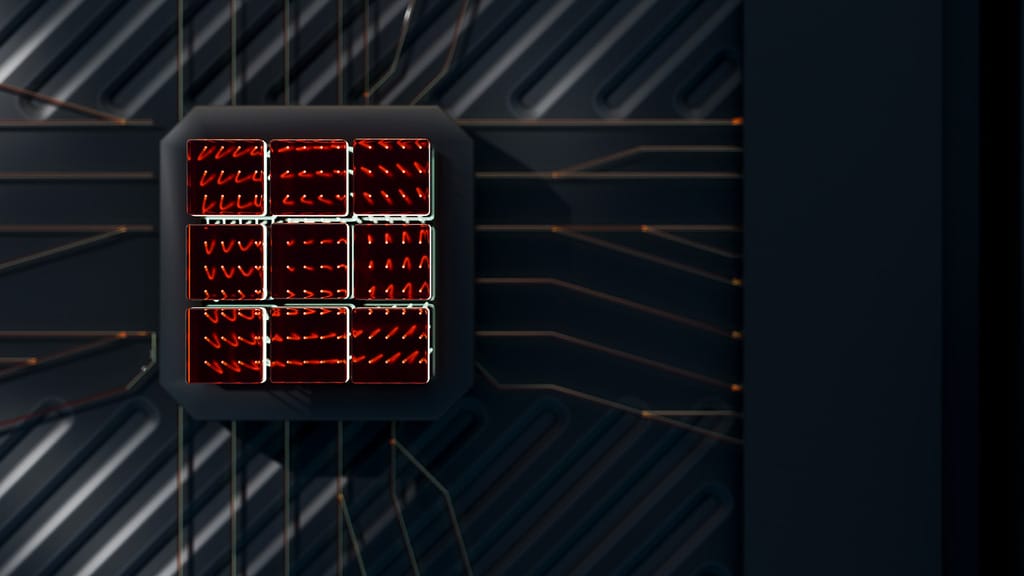Harnessing AI: The Role of GPUs in Accelerated Computing within Data Centers
- ATMECS Content Team
Introduction
In an era dominated by data, the ability to process vast amounts of information rapidly and efficiently dictates the success of businesses across all sectors. From financial analysis to advanced medical research, the demand for quick data processing is critical. This has led to a shift from traditional CPU-based computing to more robust solutions like GPU-accelerated computing, especially in applications involving Artificial Intelligence (AI).
Understanding GPU Computing
Originally designed for rendering high-resolution graphics in video games, Graphics Processing Units (GPUs) have evolved into powerful engines for general-purpose computing. Unlike Central Processing Units (CPUs), which handle tasks sequentially, GPUs possess a parallel architecture that allows them to perform multiple calculations simultaneously. This capability makes GPUs exceptionally well-suited for algorithmic tasks that are parallelizable, which is a common characteristic of AI and machine learning computations.
Benefits of GPU-Accelerated Computing in Data Centers
Enhanced Speed and Performance: GPUs dramatically increase the processing speed for compute-intensive tasks, crucial for AI model training and big data analytics. This acceleration results in faster insights and decision-making, providing businesses with a competitive advantage.
Improved Efficiency: By offloading tasks from CPUs to GPUs, data centers can achieve higher data throughput while reducing power consumption, leading to significant cost savings.
Scalability: As the need for data processing grows, data centers can easily scale their operations by integrating more GPUs. This scalability ensures that businesses can adapt to increasing demands without a complete overhaul of existing infrastructure.

Applications of GPU-Accelerated Computing
Artificial Intelligence and Machine Learning: Training AI models is computationally intensive and time-consuming. GPUs reduce the time required to train these models from weeks to hours, enabling more rapid development and deployment of AI technologies.
Scientific Computing and Simulations: In fields like climate science and bioinformatics, GPUs accelerate complex simulations, allowing researchers to achieve more accurate results faster.
Big Data Analytics: GPUs are instrumental in processing and analyzing large datasets, uncovering insights that can lead to innovative solutions and strategic business decisions.
Deep Learning and Neural Networks
GPU-accelerated computing, AI model training, data center efficiency, scalable data processing, real-time data analytics, machine learning acceleration, energy-efficient computing, deep learning, neural networks, GPU technology advancements.
Real-World Impact and Case Studies
Healthcare: GPUs are being used to accelerate genetic sequencing and analysis, leading to quicker diagnoses and personalized medicine strategies.
Automotive: Autonomous vehicle technology relies heavily on GPUs for real-time processing of environmental data to make split-second driving decisions.
Finance: In finance, GPUs accelerate risk analysis and fraud detection algorithms, enhancing security and customer service.
The Future of GPU Computing
The landscape of GPU technology is continuously evolving, with improvements in processing power and efficiency. This evolution is driven by the growing demands of AI applications and the need for real-time data processing capabilities. As a leader in technology solutions, ATMECS stays ahead of these advancements, ensuring that our clients benefit from the most cutting-edge technologies.
Conclusion
The integration of GPU-accelerated computing into data centers marks a significant milestone in the journey towards more intelligent and efficient data processing. For businesses leveraging AI and complex data analytics, GPUs offer an indispensable resource that enhances both performance and scalability. At ATMECS, we are committed to empowering our clients by providing state-of-the-art GPU solutions that drive innovation and success.




